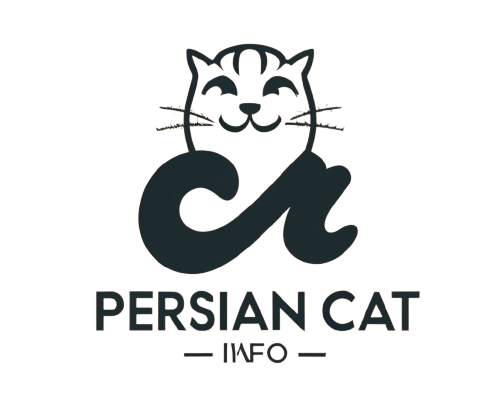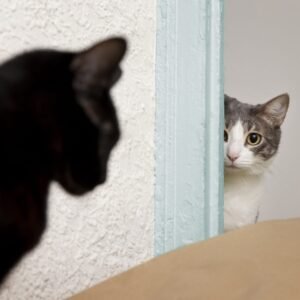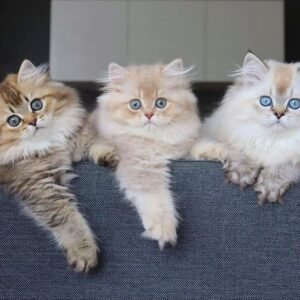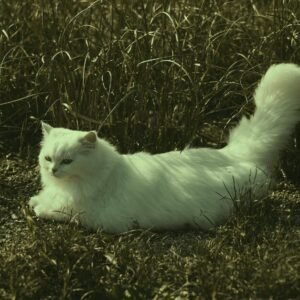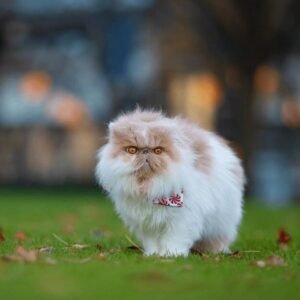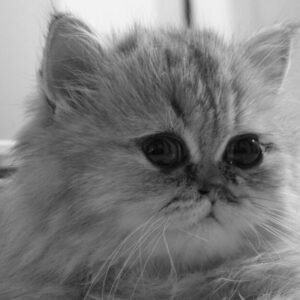Polydactyl cats have usually more or less toes, these cats are also called six-toed cats. The cat is born with more toes than usual. Some polydactyl cats have more than five on their front paws, or, less often, more than four on their hind feet.
This scenario can happen due to genetic mutation. This varies from breed to breed and does not cause any infection or virus. The fact is that these cats are considered cute, and historically considered good luck cats.
In this article, we will discuss, how polydactyl cats are different from other cats. And explore their fascinating facts about Polydactyl cats.
1-Where Did Polydactyls Originate?
The first scientific record of polydactyls dates back to 1868. These mitten kittens were mostly located in the Northeastern United States and Europe.
It’s theorized that multi-toed cats originated and propagated aboard trade ships sailing between Europe and Boston. Because of this back-and-forth travel, polydactyls initially inhabited port cities.
2-Polydactyl cat breeds
Polydactyl cats are classified as two specific breeds by Fancier Club, such as American Polydactyl and Maine Coon Polydactyl.
American Polydactyl: American Polydactyl cats are bred as a specific cat breed, with specific physical and behavioral characteristics in addition to extra digits. These cats are well adapted in indoors and outdoor cats.
Maine Coon Polydactyl: Maine coon cats with polydactylism, and have extra toes called double paws, because the paws are doubled in size.
3-Polydactyl cats personality
Polydactyl cats are similar to other domestic cats. These cats have the same behavior as other cats but some breeders and enthusiasts consider them loving companions, more intelligent and laid back than most.
These cats by their extra toes considered to be similar to human physical features. These cats are affectionate, good hunters, and have proven to be good feline friends.
4-How much is a polydactyl cat worth?
The price of polydactyl cats varies from region to region, because their rarity and uniqueness, they are demanding cats. This breed can range from 600$ to 1300$. Their price depends upon the breed, bloodline, region, etc.
Make sure before buying your cat, that they are polydactyl cats.
5-How rare are polydactyl cats?
The rarity of Polydactyl cats does not depend upon any factor and these cats are not as rare as you think. They’re pretty common. If one cat parent has polydactylism, there’s a 40-50% chance the litter of kittens will inherit it.
Polydactylism can affect any breed, even Bengal cats, but it’s most common in Maine Coons and Pixie Bobs.
6-What percentage of cats are polydactyl?
Polydactyl cats are born about 40-50% in the Ernest Hemingway Key West in Florida. It varies depending on the breed. Maine Coons and Pixie Bob cats carry the gene that causes polydactylism, so it’s not rare for 30% of kittens to be born with extra toes.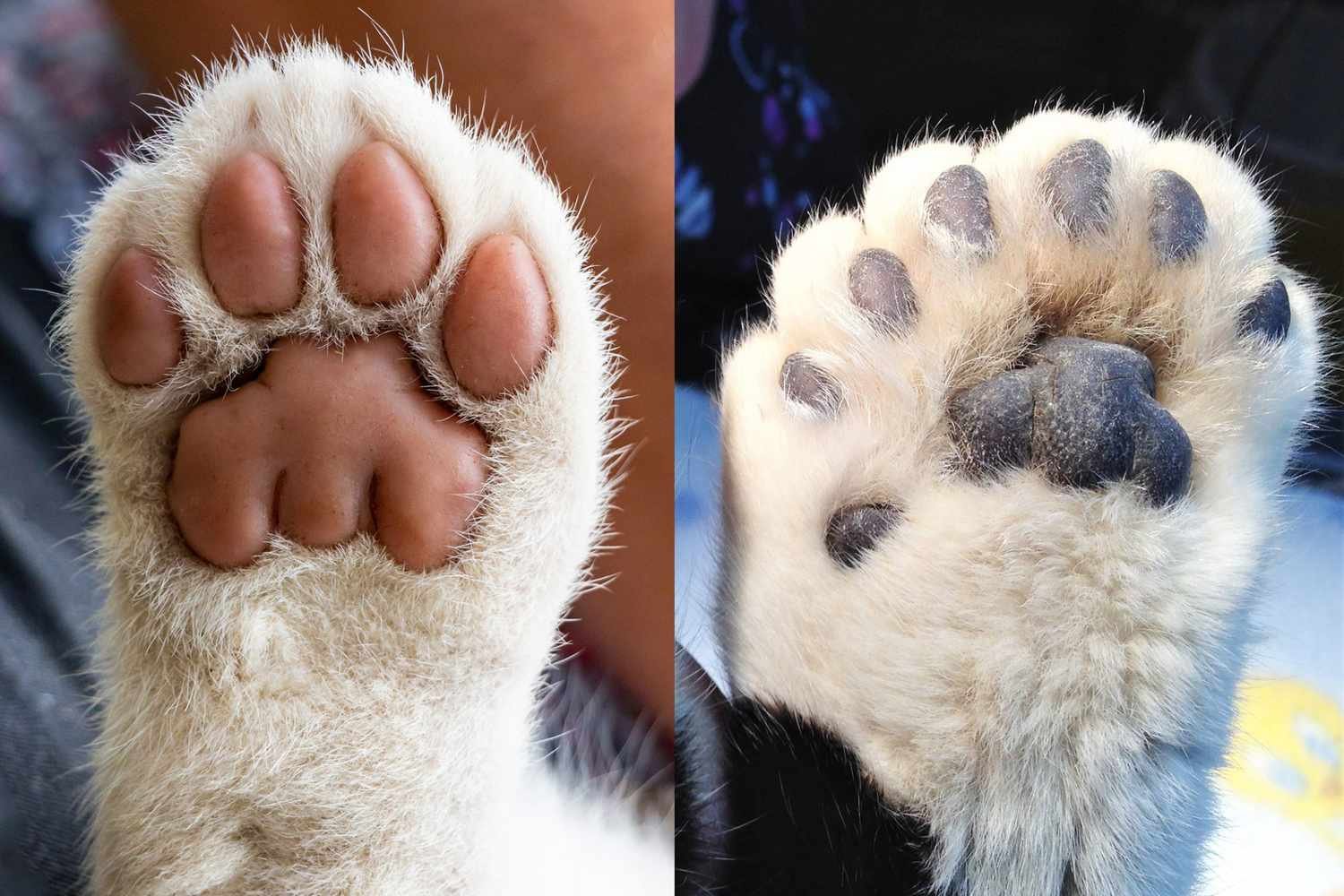
It is estimated that there is a 10% chance that a domesticated cat will be born a poly. If one of the parents carries the gene that causes extra toes, 40 to 50% of the litter will be polys.
7-How many toes do polydactyl cats have?
Normal cats have five toes on each of four paws, Which can make an average of 18 toes. But polydactyl cats have polydactyl cats may have as many as nine digits on their front or hind paws.
8-Polydactyl cat’s health issues
Being polydactyl does not cause any health issues or pain and polydactyl cats live a normal life.
However, if the extra toes aren’t fully formed and are floppy, they may be more prone to catching on things, causing injuries such as torn claws.
9- Polydactyly Is a Genetic Mutation
A cat with extra toes is the result of a genetic mutation, though it is not typically a harmful or unhealthy mutation, but rather one that leads to the cat having extra toes.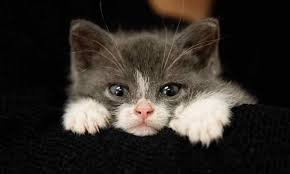
There is a tendency for 40 to 50% of a litter to be born with extra toes if only one of the parents is polydactylies, also known as hyperdactyly or hexadactyly. This is primarily caused by one parent being polydactylous.
Even though the congenital physical anomaly is typically harmless, it can also be caused by other genetic conditions, such as feline radial hypoplasia, which can result in underdeveloped forelegs or twisted forelegs, hampering a cat’s mobility.
Three Types Of Polydactyl Cats: There are three types of polydactyl cats paws:
- Postaxial: Extra toes are on the outside of the paw
- Preaxial: Extra toes are on the inside (medial aspect) of the paw
- Mesoaxial: Extra toes are throughout the paw (may look like a combination of postaxial and preaxial)
This results in the cat having a huge, flat paw and can cause the cat’s legs to be shorter than usual or twist. Cats with this should not be bred because the deformities can get worse with each new generation.
10-Polydactyl cats are not a specific breed of cat
The word polydactyl comes from two Greek words—the first poly, meaning many, and the second dactyls, meaning digits. So, together they mean many digits.
They can appear in any breed. Some people consider a breed they call the American Polydactyl cat their own breed, but any cat association does not recognize these cats. The two breeds where polydactyly happens enough to be considered a normal variation.
11 – Polydactyl cats are more common in a couple of places around the world
These many-toed sweeties are most common on the east coast of North America and in southwest England and Wales. It’s a common belief that the mutation originated in either New England or the UK and was transported from one place to the other via cargo ship, which frequently employed cats to help control rodent infestations.
Recent genetic studies, however, have shown that the mutations in New England cats are different than the mutations in cats from the UK, hinting that they may have developed independently of each other.
12-Polydactyl cats are called Hemingway cats
Once Ernest Hemingway was on a ship and the sailor Stanley Dexter gave them a white polydactyl kitten. The author named this loving companion, Snow White. These cats reproduce about 40-50% polydactyl cats.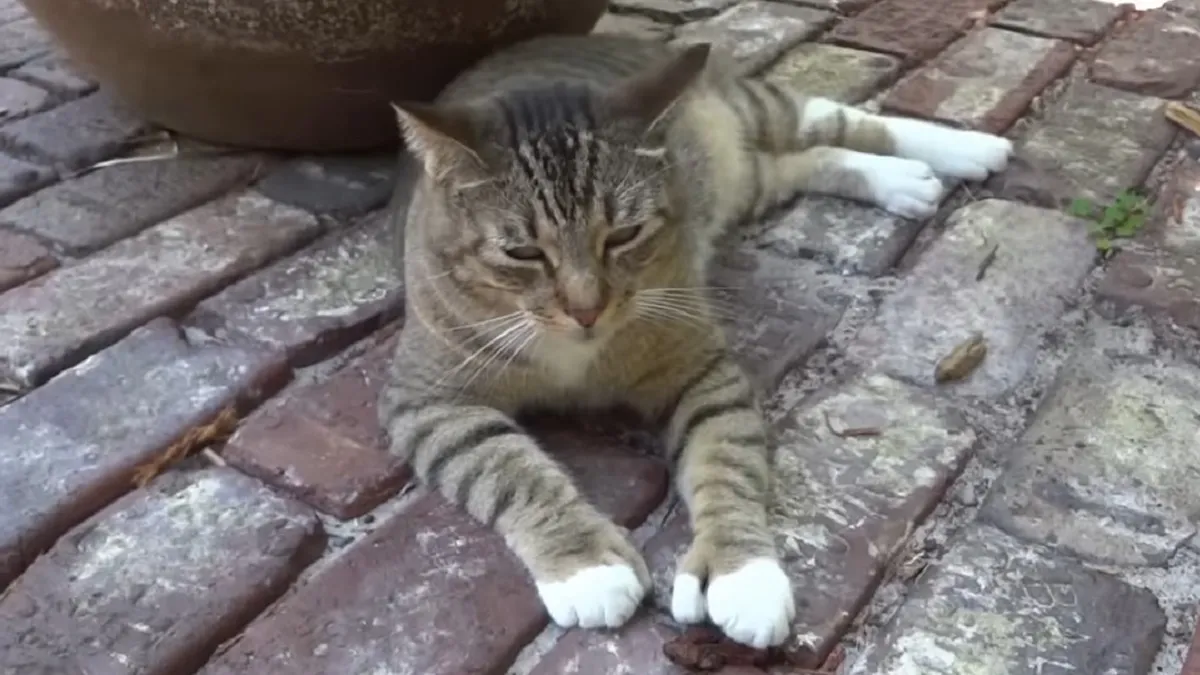
Hemingway once wrote, “One cat just leads to another.” Hemingway died in 1961. His estate became a museum and home for fifty descendants of the original pack of cats he had. Half of these cats are polydactyl. That is why these cats are called Hemingway cats.
13-Polydactyl Cats Are Considered Lucky
In many cultures and regions, Polydactyl cats are considered good luck and money cats. People think that these cats bring prosperity, money, and peace, so most of the sailors take them to their ship for good luck.
Back in the day, polydactyl cats were a common sight on long journeys by ship. With the help of their large, wide paws, polydactyl cats made excellent mousers and could keep the ship’s supplies vermin-free.
Polydactyl cats are considered good luck in some areas. For example, in Boston, polydactyl cats are called Boston Thumb Cats and are supposed to bring good fortune to their owners.
14-One Cat Holds the World Record for Most Toes
A cat born on a farm in Canada named Jake has the most toes recorded, with twenty-eight toes, and has a place in the Guinness Book of World Records. Jake holds this record now with a cat from Minnesota named Paws.
Polydactyl cats may have issues grooming because of their extra toes.
15-This rare condition can get even rarer
If a polydactyl cat has extra toes on only her front or back paws, they are far more likely to be on her front paws. It’s rare for a polydactyl cat to have extra toes only on her back paws. It’s even rarer, though, for a polydactyl cat to have extra toes on all four paws.
If one of any parents has an extra toe, then there is a chance of a polydactyl kitten.
16-Other Names for Polydactyl Cats
Polydactyl Cats are given different names by different Personalities, they have many common names. If we discuss polydactyl that is the scientific name for many toes cats. Following are other famous names for polydactyly cats.
- Mitten Cats
- Thumb Cats
- Boxing Cats
- Big Foot Cats
- Snowshoe Cats
- Double-Pawed Cats
- Cardi-Cats
FAQs
What is so special about polydactyl cats?
Polydactyl cats have a reputation as good luck charms, in part due to their history as ship cats. It’s possible their larger paws didn’t just help them catch rats and other pests, but may have also helped them balance and climb more easily. As you might imagine, both of these traits made them a favorite on ships.
Are polydactyl cats lucky?
Polydactyl cats were thought to be lucky by sailors. They found their way onto boats, their extra toes giving them added balance on ships in stormy weather. They were also thought to be better mousers.
What problems do polydactyl cats have?
Because polydactyl cats have more nails than typical felines (including some that might never touch the ground!), they’re at an increased risk for nail overgrowth. Overgrown nails can cause discomfort, and infection, and become snagged on surfaces. Regular nail trimming will help prevent these issues.
Are Polydactyl Cats good hunters?
Yes, polydactyl cats are good hunter because of their extra toes and have a good grip on their prey.
Conclusion
In the end, we can say that polydactyl is a genetic mutation in cats that results in more toes than usual. These cats are considered good luck charms and mostly sailors took them on ships to protect them from ghosts.
Leave any comments about your Polydactyl Cats.
